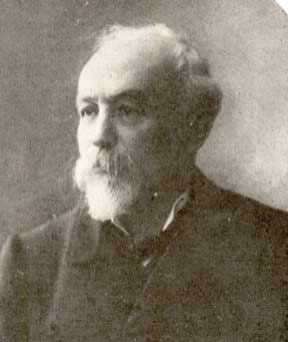Tourism
TOURISM
Discover not only the attractions of the district and its surroundings, but also of the whole of Normandy !
ABOUT THE AREA
Be IN Saint-Saëns is in the middle of town, just behind the church and within walking distance of all the shops and commodities (cafés, restaurants, boulangerie…). Saint-Saëns is a charming town located at one end of a 6000 hectare forest, the forêt d’Eawy, with the river Varenne which runs through it.
AROUND SAINT-SAENS
The town is 15km away from Neufchâtel-en-Bray, 35km from Rouen, Dieppe and the Coast. It is also only 3.5km from the motorway the A28, and 4.5km from the A29.
A BIT FURTHER…
DID YOU KNOW ?
The « rue du 31 août 1944 » (ex-rue du Catelier), where Be IN Saint-Saëns is located, is so-called because it commemorates the day Saint-Saëns was liberated. On the 31rst of August 1944, the Canadian soldiers freed Saint-Saëns from four years of German occupation. From the guest house Be IN Saint-Saëns, you can perfectly see the town church. It was built at the end of the 19th C in neo-roman style. Lucien Lefort (1850-1916) is the architect who built it. Its architecture is inspired from the Abbatiale Saint-Georges de Boscherville. It was constructed upon another building dating back from the 11th C, and then demolished in 1896. A few beautiful stained-glass windows classified national heritage dating back from the 14th and 16th C remain.

